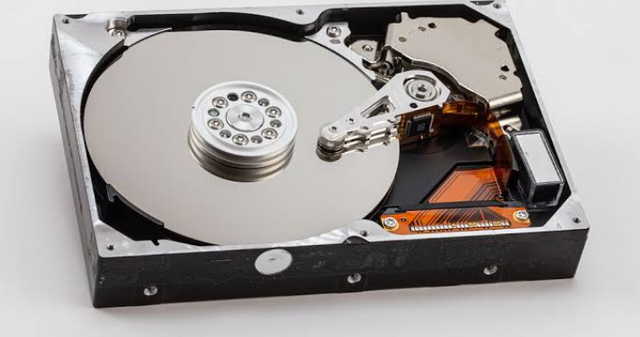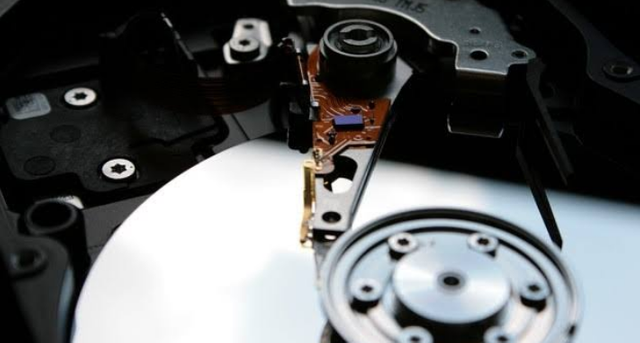MAGNETIC DISK TECHNOLOGY @daprado1999
MAGNETIC DISK TECHNOLOGY
Diskette, zip and hard disk are magnetic media technology which represents data as magnetized spots on the disk with magnetized spot representing 1 bit and absence of such spot representing 0 bit. Transcribing data from a magnetic disk means converting magnetized data to electrical impulse that can be sent to the processor. However, writing data to disk is basically sending electrical impulses from processor to be converted to magnetized spot on the disk.
Examples of magnetic technology include
Hard drives
Optical Storage devices
Flash memory
HARD DRIVES
Hard drives are non-removable drives which have a good physical structure. A hard drive is a fixed drive consisting of several hard platters, stacked up but not touching each other. They are attached by a rotating pole called spindle Each side of each platter can hold enough data. Hard drives has a capacity of 2gb-120gb and are divided into smaller units called clusters
 source
source
OPTICAL STORAGE DEVICES
The optical Storage device phenomenon refers to a process in which a lazer hits a layer of metallic material spread over the surface of a disk. When data enters heat from laser produces tiny spot on disk surface. When reading data laser scans the disk and a lens picks up different light reflection from various spots. It is based on the read and write capability. A good example is the compact disk read-only memory
 source
source
FLASH MEMORY
Electronic memory comes in a variety of forms to serve a variety of purposes. Flash memory is used for easy and fast information storage in devices as cameras. In other words it's used more as a hard drive than as a Random Access Memory Flash memory is considered a solid storage device meaning it's rigid and non movable. It is important to note that the power consumption of a flash memory is very low and portable due to the fact that there is no moving part of a flash memory.

CONCLUSION
The magnetic disk technology basically shows insight in storing data through various devices and the interpretation of these data stored for easier and faster accessibility.
